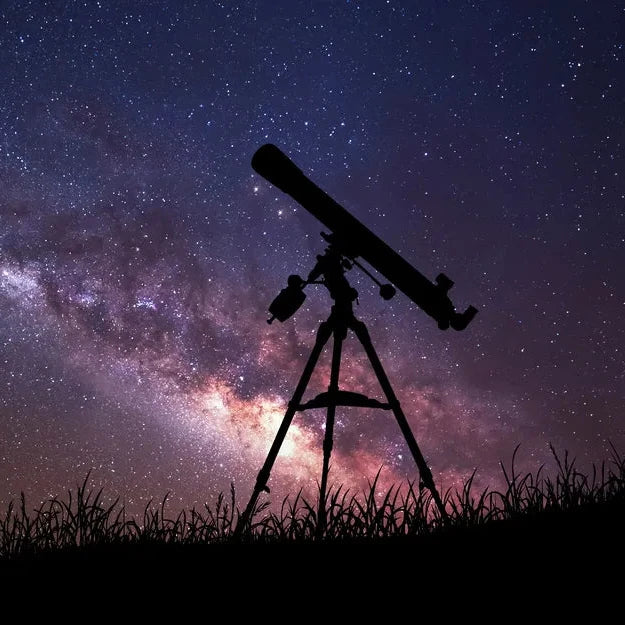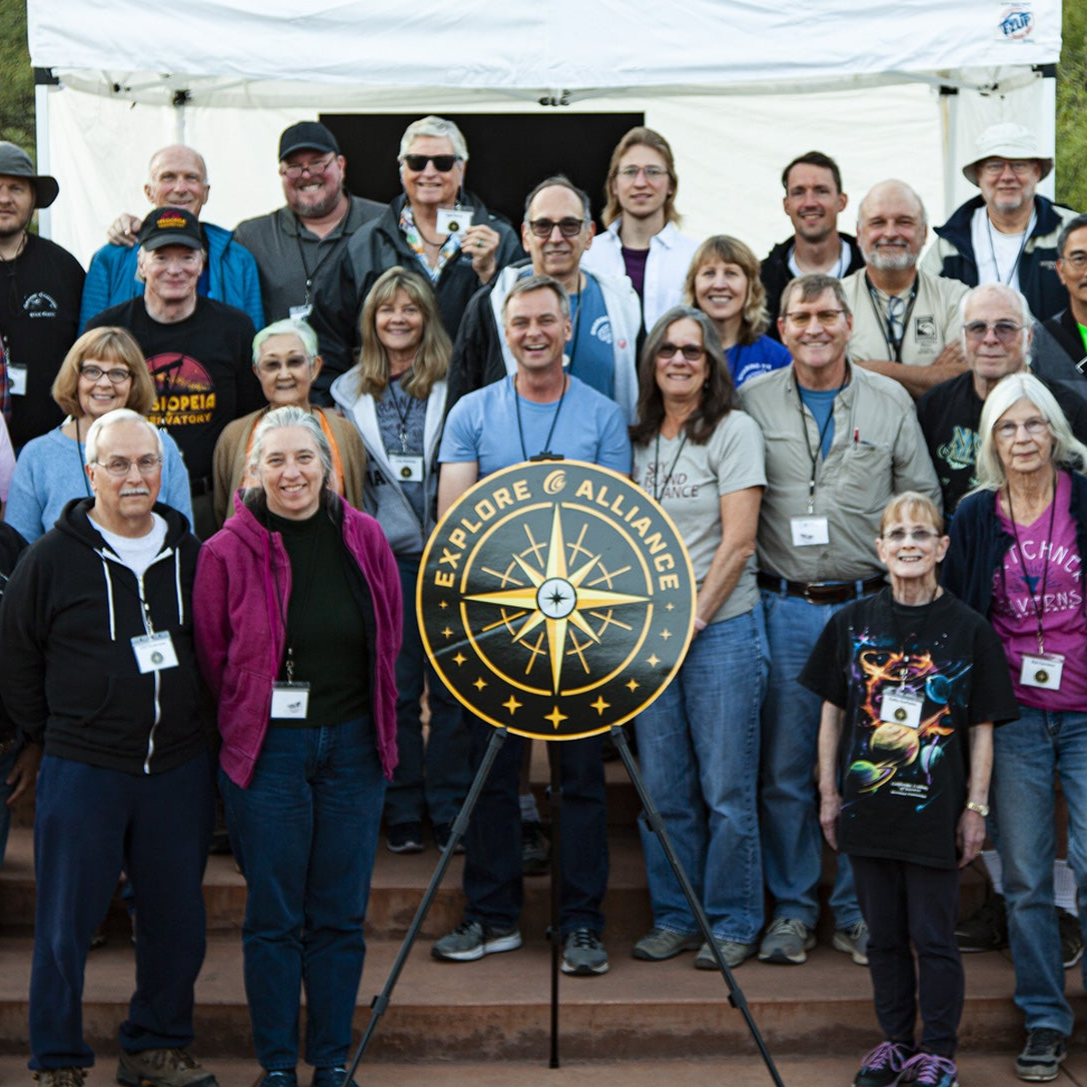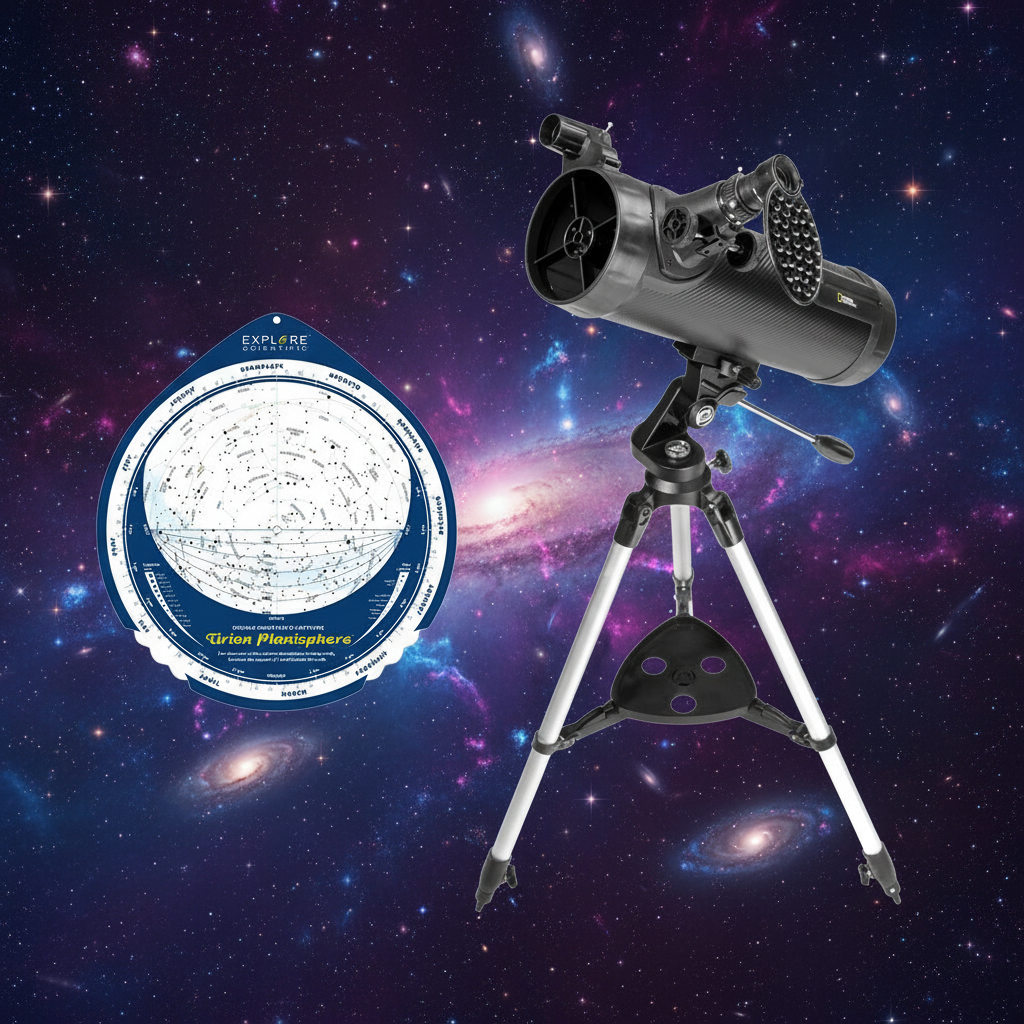At any moment of the day, countless awe-inspiring celestial events are unfolding in the sky. With a universe of options, it can be hard to pin down what to observe, what to look into or what to remember. This column takes a peek at what’s happening in the sky and in the world of astronomy in general to provide a quick list of highlights that can jumpstart your own explorations.
What to observe:
Cancer Constellation
In the Northern Hemisphere, winter is beginning to cede to spring, and now is the perfect time for some to spend those slightly warmer evenings exploring the Cancer Constellation. Also known as the Crab, this zodiac constellation occupies 506 square degrees of celestial real estate along the ecliptic plane. One of its most popular treats is the Beehive Cluster (Messier 44). Lying only about 560 light years away, the cluster appears as a cloudy, intriguing mass when glanced at by the naked eye. But when you turn a pair of large aperture binoculars (10x50) or a small rich field telescope on it, its stellar inhabitants blaze to life. Covering more than 1.5 degrees of sky, the Beehive Cluster is home to at least 1,000 stars, with a large portion of those being red dwarfs and about 30 percent of a type similar to our Sun. It also includes some impressive blue-white beauties and a sprinkling of orange giants. Identified as a nebulous mass by the 2nd Century astronomer Ptolemy, M44 has a rich history that includes being one of the first objects studied through a telescope by famed astronomer Galileo, who realized it was actually a star cluster. It also has a strong foundation in the lore of ancient cultures. Also known as Praesepe, which means “manger” in Latin, the Greeks and Romans characterized the cluster as a manger that feeds two nearby stars, which were seen to represent two famous donkeys that were key in a battle with the Titans. The first of these stars was Asellus Australis (Delta Cancri). This orange giant has an apparent visual magnitude of 3.94 and is the second brightest star in the constellation. The second “donkey” is Asellus Borealis (Gamma Cancri), which is a white subgiant. Cancer’s offerings do not end with the Beehive Cluster and its mates. Its brightest star is the binary Al Tarf (Beta Cancri). The system’s main component is an orange giant but a larger telescope may show its companion. The constellation is also home to 55 Cancri, a double star system that features a yellow dwarf and a red dwarf. Five extrasolar planets orbit the primary member of this interesting system. Other stellar offerings include Alpha Cancri, a multi-star system that contains a white main sequence dwarf; Iota Cancri, a binary system made up of a yellow giant and a main sequence dwarf; and X Cancri, one of the reddest stars in the sky. The Crab also hosts the stunning open cluster Messier 67. One of the oldest of its kind, M67 has hundreds of stars and is a popular observing target for those that study stellar evolution.
What to look into:
March 28 – 8th Annual International Sidewalk Astronomy Night
On March 28th, amateur astronomers around the globe will head out to streets, parks and star parties to share the sky in celebration of International Sidewalk Astronomy Night. The annual event is sponsored each year by the Sidewalk Astronomers organization to promote astronomy outreach while honoring one of its co-founders — John Dobson. Widely recognized as one of the most influential figures in modern-day amateur astronomy, Dobson passed away in 2014. In addition to being an avid proponent of public service astronomy, Dobson made telescopes more accessible through the invention of what he referred to as a sidewalk telescope. People around the world would eventually refer to his simplistic yet revolutionary design as a “Dobsonian.” For more information on the organization and Dobson, visit www.sidewalkastronomers.us.
What to remember:
March 23rd - 50th Anniversary of Gemini 3 Launch
50 years ago, the first manned mission of NASA’s Gemini program was launched from Cape Canaveral, Florida. Crewed by astronauts Virgil “Gus” Grissom and John W. Young, the nearly five-hour mission was America’s first two-person spaceflight and included the first manual maneuver done in orbit. In addition to its notable accomplishments, the Gemini 3 mission also added some colorful additions to the lexicon of space travel anecdotes. The first of these, which happened well before the launch, involved the naming of the spacecraft. Grissom had already made one journey into space during the Mercury program. This mission ended in a harrowing splashdown in which the capsule began taking on water after the hatch blew early. Grissom narrowly missed sinking with the craft. Because of this intense experience, Grissom named the Gemini 3 spacecraft “Molly Brown” in reference to the play “The Unsinkable Molly Brown.” NASA officials resisted the name until Grissom presented them with his alternative – the “Titanic.” The administration relented. Once in orbit, the mission racked up an unexpected first that also displeased NASA officials. This “achievement” was the result of Young sneaking a treat into the spacecraft in a pocket of his space suit. Once in orbit, Young offered a bite of this culinary contraband to Grissom, who then became the first person to eat a corned beef sandwich in space. Although seemingly harmless, the act did leave tiny crumbs floating in the cabin that could have created unforeseen problems. The craft made three complete orbits before reentering the Earth’s atmosphere and splashing down.
As an Amazon Associate we earn from qualifying purchases.












Leave a comment
This site is protected by hCaptcha and the hCaptcha Privacy Policy and Terms of Service apply.